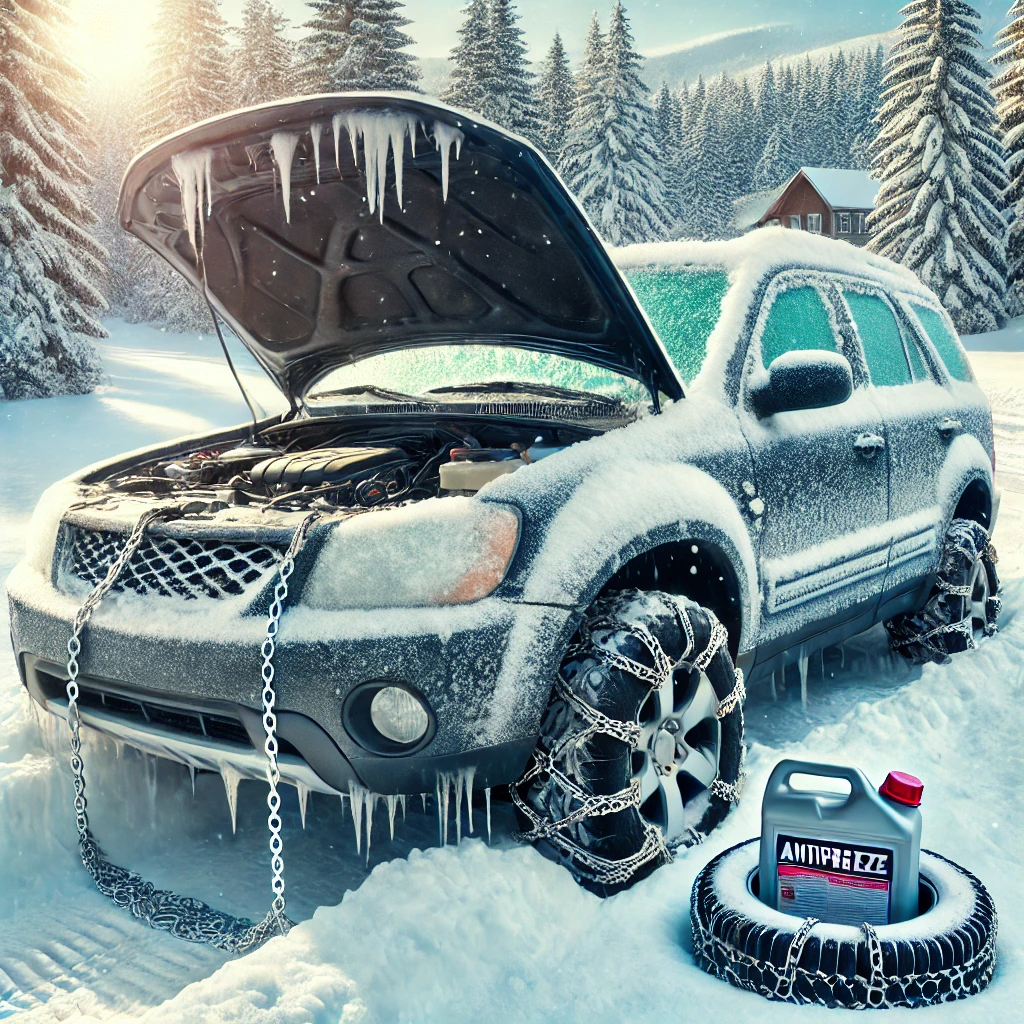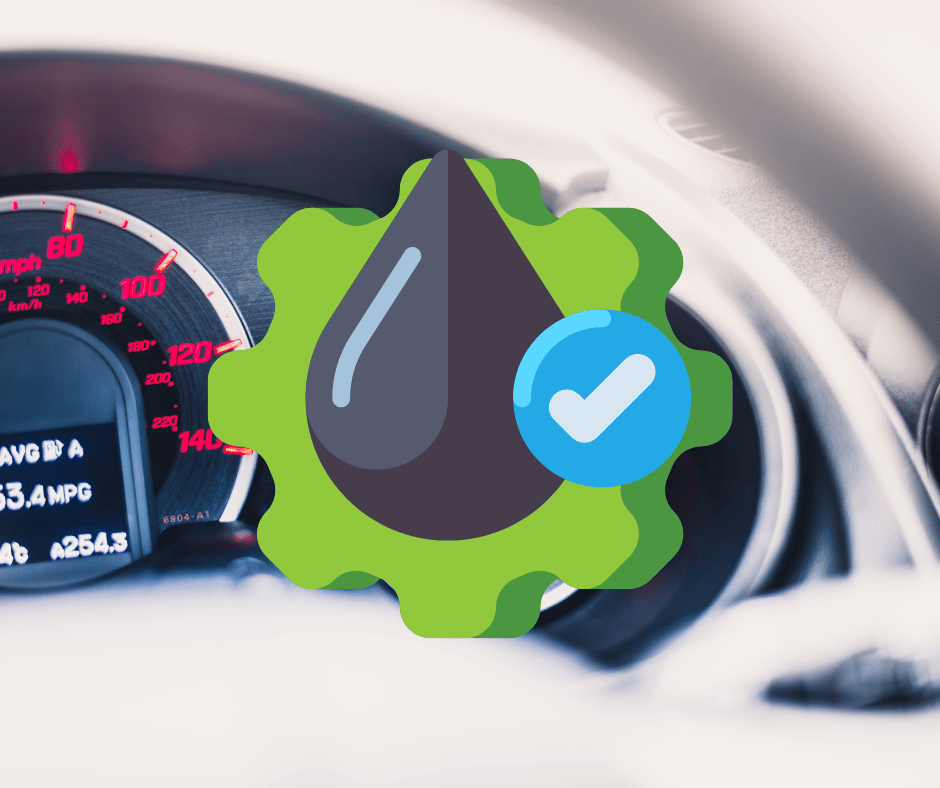Winter is a beautiful but treacherous season, especially for drivers. As temperatures drop and snow blankets the roads, the risk of accidents, breakdowns, and car issues increases significantly. Without proper preparation, your vehicle can succumb to the harsh conditions of cold weather. From frozen fuel lines to dead batteries, a car that isn’t winterized is more likely to leave you stranded during the worst time of the year.
Winterizing your car ensures it can withstand freezing temperatures, icy roads, and unpredictable conditions. A few key steps can make all the difference in keeping you safe and preventing costly repairs. This guide walks you through the critical preparations to get your car ready for winter and reduce the risks associated with winter driving.
How to Winterize Your Car for Cold Weather
Winterizing your car isn’t just about making a few adjustments; it’s about ensuring your vehicle is fully equipped to handle the season’s challenges. The cold weather brings various issues, including reduced tire grip, engine troubles, and poor visibility due to snow or frost. But don’t worry, taking the time to winterize your car ensures that it’s ready for the worst weather.
From checking your tire pressure to ensuring your battery is in peak condition, there are numerous steps you can take to ensure smooth and safe driving during the cold months. Let’s explore these essential winterization tasks in detail.
Inspect and Replace Your Tires
Tires are arguably the most critical part of winterizing your vehicle. They are your car’s direct contact with the road, so maintaining proper tire health can save you from slipping on icy surfaces or getting stuck in the snow. While all-season tires are sufficient in mild winter climates, winter tires are essential for regions that experience heavy snowfall and icy roads.
Winter tires feature deeper treads and are made from rubber compounds that stay pliable even in freezing temperatures, providing much-needed grip on snowy or icy roads. If you regularly drive in extreme winter conditions, swapping your regular tires for winter tires is a no-brainer. Otherwise, ensure that your current tires have sufficient tread depth and are free from cracks.
Check Tire Pressure Frequently
Cold weather causes tire pressure to drop, sometimes by as much as 1 PSI for every 10 degrees Fahrenheit. Under-inflated tires reduce fuel efficiency, wear out faster, and make your car less stable, particularly on slippery roads. To avoid these issues, check your tire pressure regularly and adjust it as necessary. Keeping your tires properly inflated ensures maximum contact with the road, improving your vehicle’s traction.
It’s essential to check your tire pressure at least once a week during the winter, as fluctuating temperatures can lead to rapid pressure changes. Always refer to your car’s manual for the recommended tire pressure levels.
Winter Tire vs. All-Season Tire: Which Is Better?
Choosing between winter tires and all-season tires can be tricky, especially if you live in an area that experiences fluctuating weather patterns. Winter tires excel in snow and icy conditions due to their deeper tread and softer rubber, but they aren’t ideal for dry or warmer roads as they can wear out faster.
All-season tires, on the other hand, are designed for a balance of performance in both cold and warm conditions. They’re a viable option for drivers in areas with mild winters. However, if you live in a place where heavy snowfall and ice are common, winter tires are highly recommended.
Ensure Your Battery is in Good Condition
Cold weather is tough on car batteries, and nothing’s worse than a car that won’t start on a freezing winter morning. Batteries tend to lose power in low temperatures, making them more likely to fail when you need them the most. If your battery is more than three years old, consider having it tested by a mechanic. Ensure it’s in good condition and can hold a charge.
Corrosion on battery terminals is another issue to look out for. Corroded terminals can reduce the battery’s ability to transmit power, leading to starting problems. Clean the terminals with a wire brush or have them replaced if necessary.
Replace or Clean Battery Terminals
Your battery is the heart of your vehicle, and it needs a clean and efficient connection to function correctly. Corrosion, a white or bluish substance that builds up on battery terminals, can prevent proper voltage from reaching the starter, causing slow or failed starts. To keep your battery healthy throughout winter, check the terminals regularly for signs of corrosion.
If corrosion is present, you can clean it using a mix of baking soda and water, applied with a wire brush. Afterward, rinse with water and dry thoroughly. Applying petroleum jelly to the terminals after cleaning can help prevent future corrosion.
Top Off or Replace Engine Coolant
Engine coolant, also known as antifreeze, is vital to your car’s winter performance. It keeps your engine from freezing in cold temperatures while maintaining the proper operating temperature. It’s important to ensure your coolant levels are sufficient and that you have the right mixture—typically a 50/50 blend of water and antifreeze.
If the antifreeze is old or low, have it flushed and replaced. Be sure to use the type of coolant recommended by your vehicle’s manufacturer, as different types have varying chemical properties that can affect your car’s cooling system.
Inspect Your Car’s Antifreeze Levels
Antifreeze is one of the most essential fluids in your vehicle during winter, as it prevents your engine from freezing when the temperature drops. Regularly checking antifreeze levels ensures your engine stays warm enough to function properly. Most modern vehicles use a coolant reservoir that makes it easy to monitor the levels.
Low antifreeze levels can lead to engine overheating or freezing. If you’re unsure whether your antifreeze is at the correct level, have a mechanic check it, especially before the start of winter. If your antifreeze looks dirty or hasn’t been replaced in a few years, a complete coolant flush is advisable.
Change Oil for Winter-Grade Oil
As temperatures drop, oil thickens, making it harder for your engine to circulate it. To combat this, switch to winter-grade oil, which is designed to flow better in cold temperatures. Most car manufacturers recommend using a lower viscosity oil in the winter, such as 5W-30, as it ensures smoother cold starts.
Changing your oil is a critical part of winterizing your car, especially if you’re nearing the interval for your next oil change. Fresh oil not only improves performance but also protects your engine against the added strain of cold weather.
Check Your Brakes
Your car’s braking system is crucial year-round, but winter adds new challenges. Snow and ice can make roads slippery, reducing your ability to stop quickly. Before winter hits, have your brake system inspected to ensure everything is functioning correctly. Pay special attention to the brake pads and rotors, as worn components can make stopping even more difficult in icy conditions.
Additionally, if your car has anti-lock brakes (ABS), ensure the system is working properly. ABS prevents your wheels from locking up on slick surfaces, improving your control and reducing the likelihood of skidding.
You Can Also Read : How to Choose the Best Tires for Your Vehicle
Winterizing your car is not just about making it through the season—it’s about staying safe, reducing stress, and prolonging the life of your vehicle. Preparing your car for cold weather takes effort, but the benefits far outweigh the risks of neglecting it. From checking your tires to ensuring your battery can handle the cold, these simple steps will ensure a smooth and safe winter driving experience.




